New Treasures: The Good The Bad and the Infernal, by Guy Adams
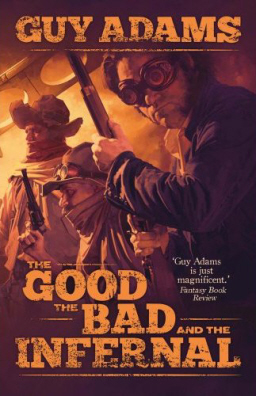 I’m pretty plugged in to the industry. Every week, I get a host of press releases, advance proofs, review copies, PR follow-ups, and other stuff that keeps me on top of the latest fantasy releases.
I’m pretty plugged in to the industry. Every week, I get a host of press releases, advance proofs, review copies, PR follow-ups, and other stuff that keeps me on top of the latest fantasy releases.
Or so I assume, anyway. Turns out there’s just no substitute for spending time in a good bookstore. Last Saturday, I was browsing the SF and fantasy section of my local Barnes and Noble and came across a number of surprises. Easily the most intriguing was Guy Adams latest: The Good the Bad and the Infernal.
Every one hundred years a town appears. From a small village in the peaks of Tibet to a gathering of mud huts in the jungles of South American, it can take many forms. It exists for twenty-four hours then vanishes once more, but for that single day it contains the greatest miracle a man could imagine: a doorway to Heaven.
It is due to appear on the 21st September 1889 as a ghost town in the American Midwest. When it does there are many who hope to be there: traveling preacher Obeisance Hicks and his simple messiah, a brain-damaged Civil War veteran; Henry and Harmonium Jones and their freak show pack of outlaws; the Brothers of Ruth and their sponsor Lord Forset (inventor of the Forset Thunderpack and other incendiary modes of personal transport); finally, an aging gunslinger who lost his wings at the very beginning of creation and wants nothing more than to settle old scores.
A weird western, a gun-toting, cigarrillo-chewing fantasy built from hangman’s rope and spent bullets. The West has never been wilder.
How the heck did I miss this? I may just have to clear the decks to try this one. Guy Adams released two other paperbacks through Solaris: The World House and its sequel, Restoration. The sequel to this one, Once Upon a Time in Hell, is scheduled for release in December.
The Good The Bad and the Infernal was published by Solaris Books on March 26. It is 318 pages and $7.99 in paperback, or $6.99 for the digital edition. Check out all the latest from Solaris here.
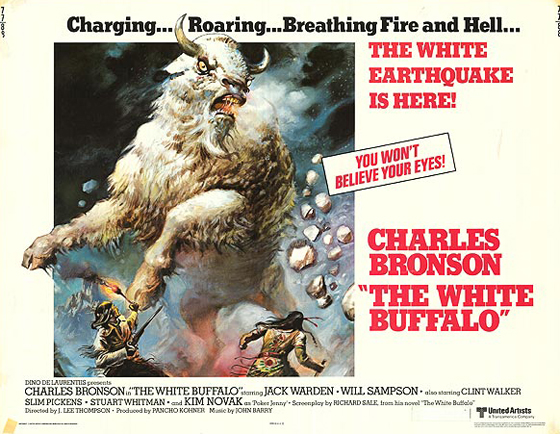
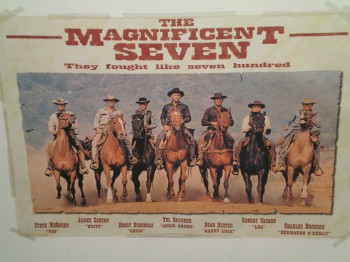
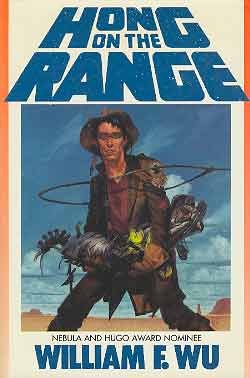
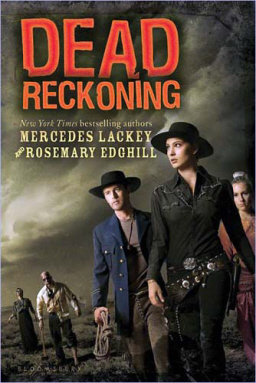
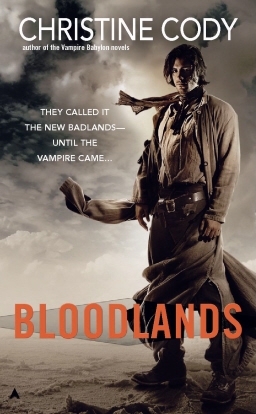
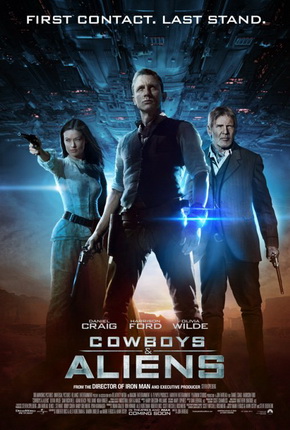 Cowboys & Aliens (2011)
Cowboys & Aliens (2011)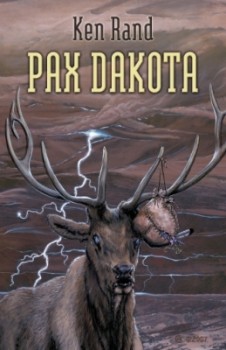 Pax Dakota
Pax Dakota